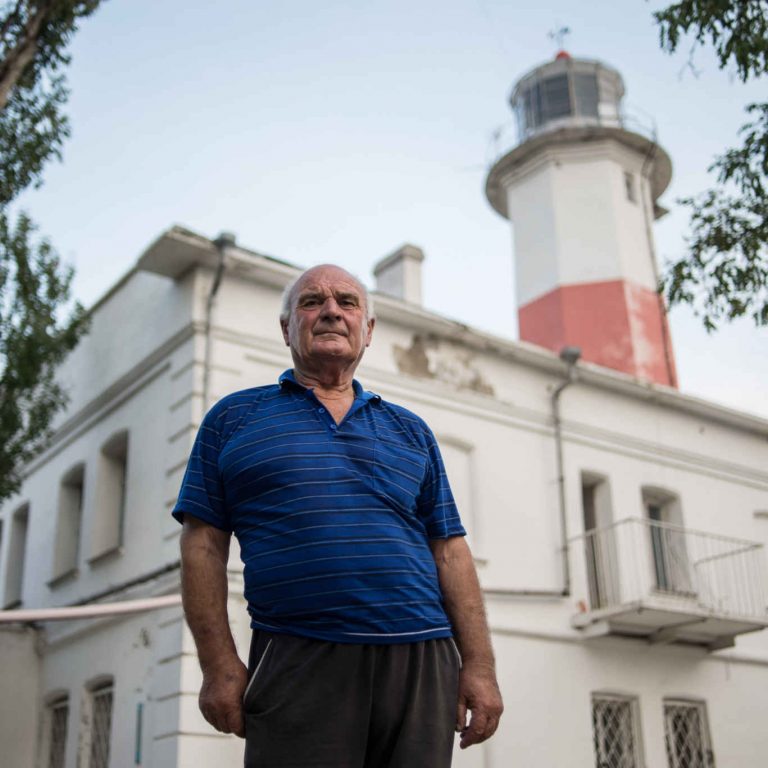Watching the ships that enter the port along the horizon, and the tall, giraffe-like cranes that unload them, is a normal pastime for the residents of Berdiansk. This lively seaport receives thousands of vessels annually, transporting more than four tonnes of cargo.
But it would be rather difficult for these boats to reach the destination without help of lighthouses. The danger of running aground in the Azov Sea is quite high, especially for larger cargo ships. The Berdiansk spit is the most dangerous in this sea thanks to its shape; it forms triangle, narrowing to a point in the middle as it extends south. Because of this, a sea beacon is necessary as it can show a sailor alternative routes, helping them avoid the chance of wreckage. The signal is directed the keeper of the lighthouse, who must fulfill his responsibility no matter the weather. It is extremely important to be on duty during the storm, the gale, and snow.
A lighthouse, the whose mistakes could potentially cost sailors’ lives, cannot function without its keeper. Or at least it was like that before. The coast of the Black Sea is now home to some new, fully-automated lighthouses that can be controlled remotely.
In Berdiansk, there are two working lighthouses called the Upper and the Lower. The Upper stands on a hill in the city. It was built to show the way to the port for ships that came to the Berdiansk gulf. The Lower shows the way to the gulf itself; it stands on the edge of Berdiansk gulf, far away from any populated areas, where the land merges with the Azov sealine.
numbers
5 / 58 Today there are fifty-eight working lighthouses, five of which are on the Azov Sea.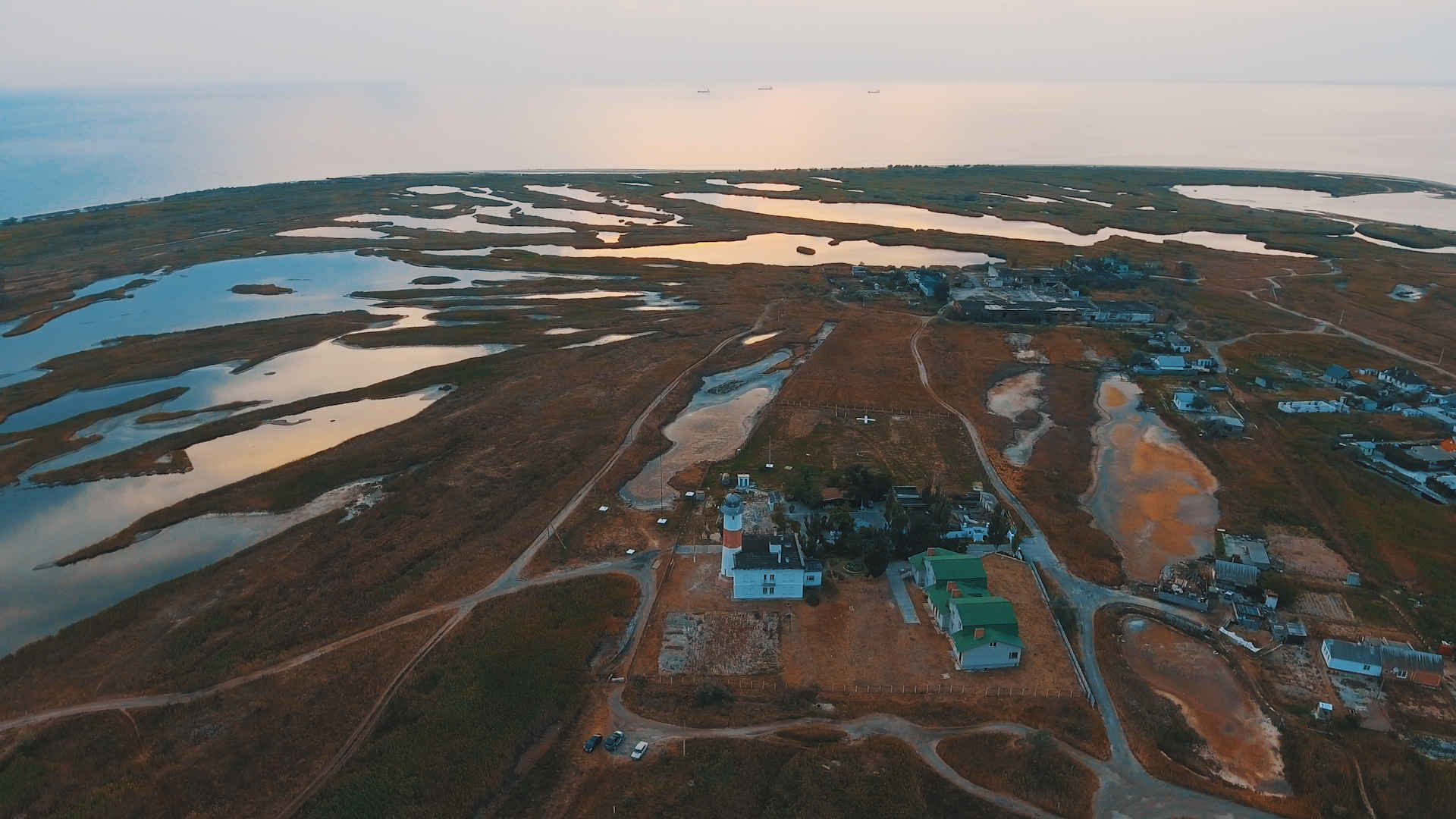
— “Lighthouses are the shrine of the sea, they belong to everybody, they are sacred, like a plenipotentiary of power,” – these lines by Konstantin Paustovsky were inscribed in the entrance to the Lower lighthouse’s territory.
The story of the lighthouse started in 1838, when count Vorontsov ordered the construction of this twenty-three-meter stone structure. The tower was painted in white and decorated with an orange line, so as to be clearly visible from the sea. Back then, kerosene was used for its illumination, but it was substituted with electric lamps thirty years later. This was the second lighthouse in Ukraine to be connected to electricity, just after Odesa’s.
numbers
180 years In 2018, this lighthouse will turn 180 years old. It is one of the oldest lighthouses of Azov.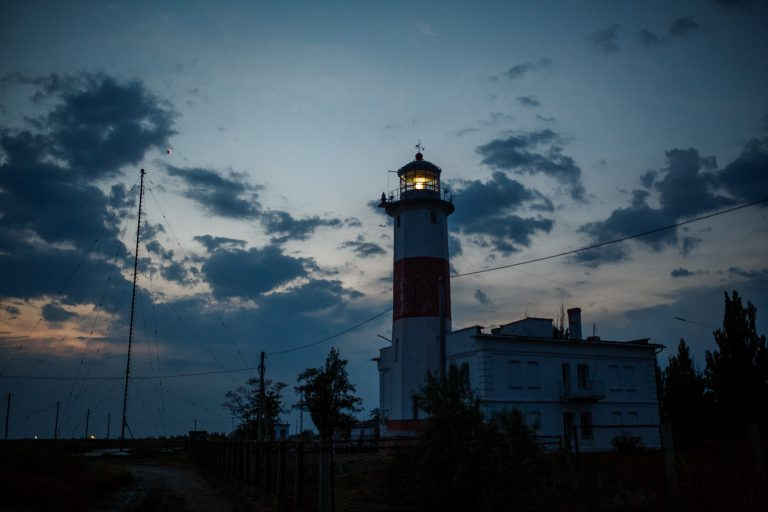
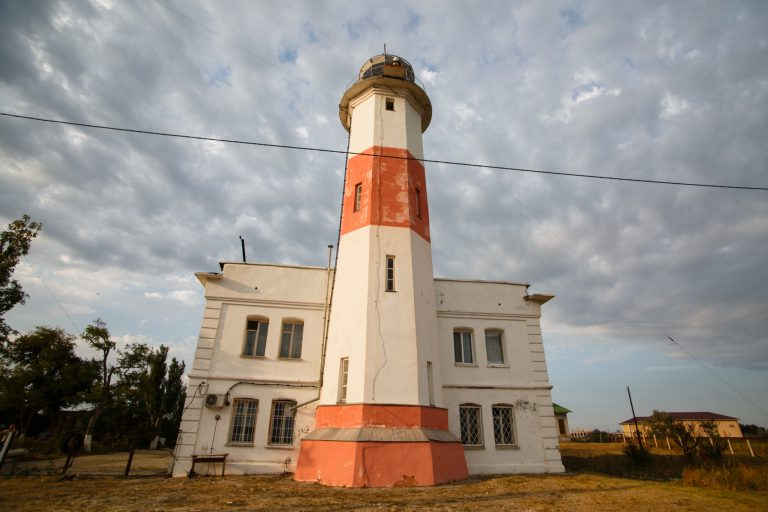
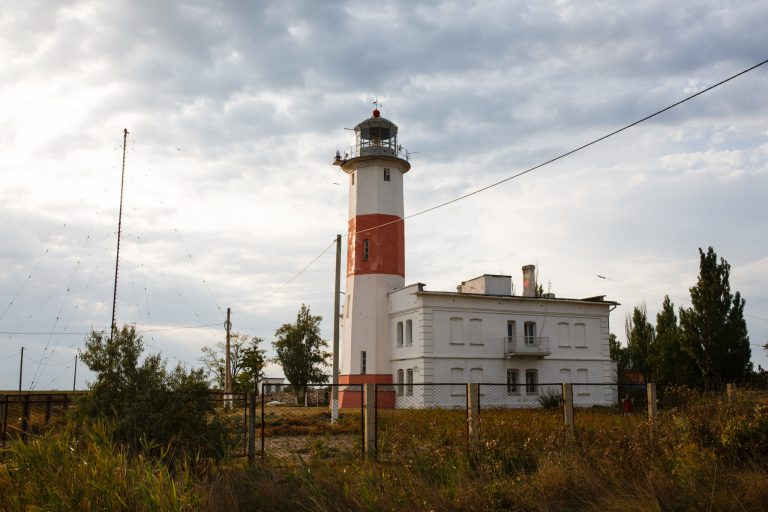
slideshow
Yakiv Fedirko: The Lighthouse Keeper
It is rather hard for ordinary tourists – especially foreigners – to enter the lighthouse in Ukraine because its territory is considered to be a highly restricted area. Despite the restricted access and rapid automatization of all processes, people still work at lighthouses. Who are they?
Yakiv Fedirko has been working at the Lower lighthouse for over half a century. He is the oldest lighthouse keeper in Ukraine.
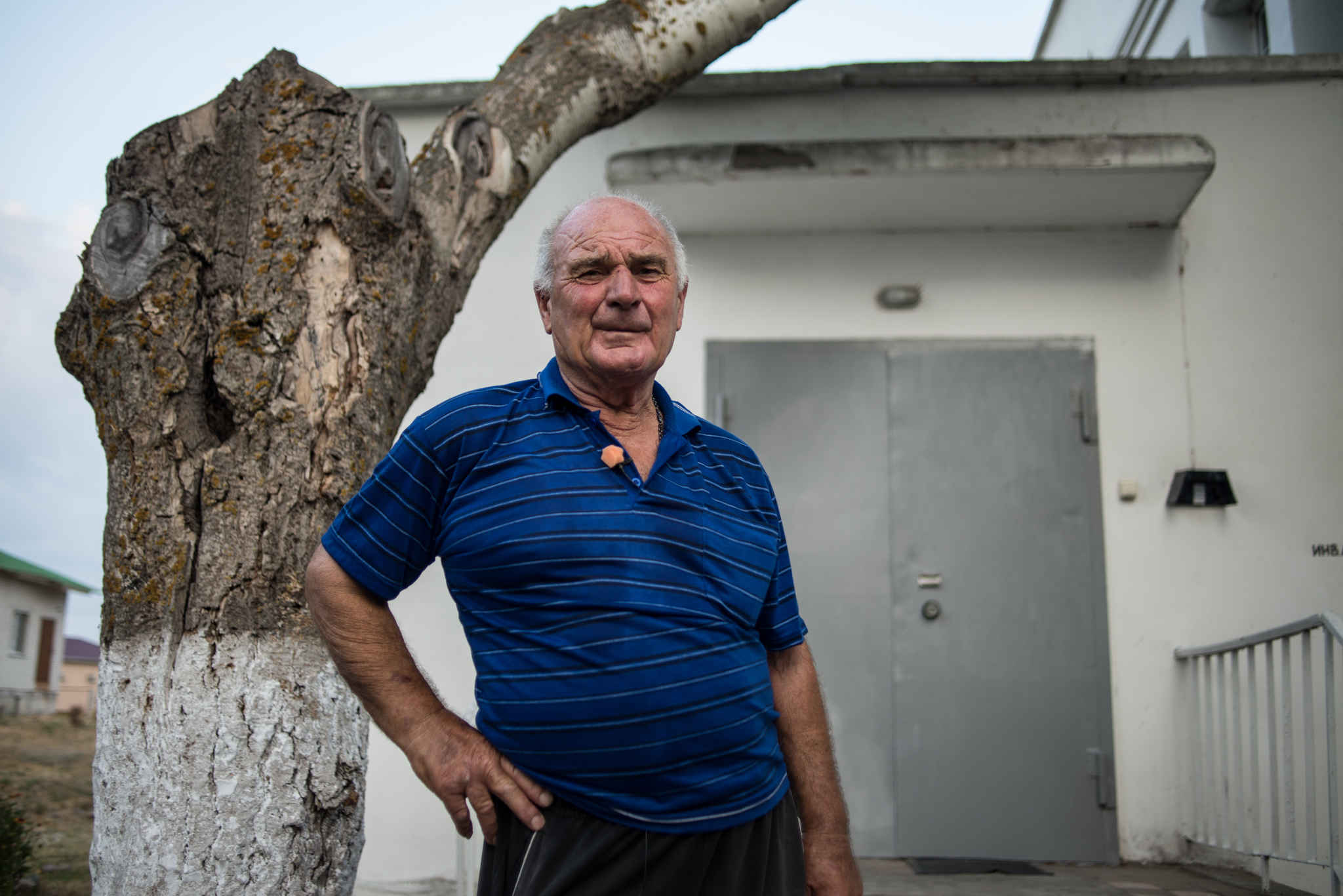
— Before, Yakiv was easily climbing up ninety-nine iron stairs twice a day to make sure that the bright light would show ships the way.
Now, it’s quite hard for him to go that high, so his young assistant does the climbing for him. Yakiv Fedirko lives in a house next to the lighthouse and knows the area as well as he knows the back of his hand. In all his years of work, he rarely ever left Berdiansk, saying that he did not feel the need to. He was fine where he was.
He was not in a rush to tell anything or share his memories. But he did bring us a pile of photographs and clippings from old newspapers with notes about his lighthouse. It was immediately obvious that he loved his job. It seemed that after years of reflections on the lighthouse he lost the sense of time, and it was hard to even get a few word out of him.
Right after the war, Yakiv’s father, Yefym Fedirko, was offered the post of senior technician at the Lower lighthouse. In October 1945, when Yakiv was very young, he and his family moved from Mariupol to Berdiansk. He says:
— Father served on ships of hydrographic service. When he had completed his service and came back to the station in Mariupol, the commander offered him a job at the lighthouse. Father checked it out and liked it. So we moved here.
Seventy years have passed since Yakiv Fedirko came to the Lower lighthouse of Berdiansk for the first time. Yakiv’s job is his life. At sixteen years old, he was already helping his father. When he was studying at the naval school some years later, and majoring in hydrography, he completed an internship at different lighthouses. He worked at the Kyz-Aul lighthouse in Crimea for five years, but still returned back home to Lower lighthouse in Berdyansk.
— Since 1971, I have been managing the lighthouse. Back then, the director, Andrii Gavrylovich Hologyrev, had just retired and I was to replaced him, so I came back home.
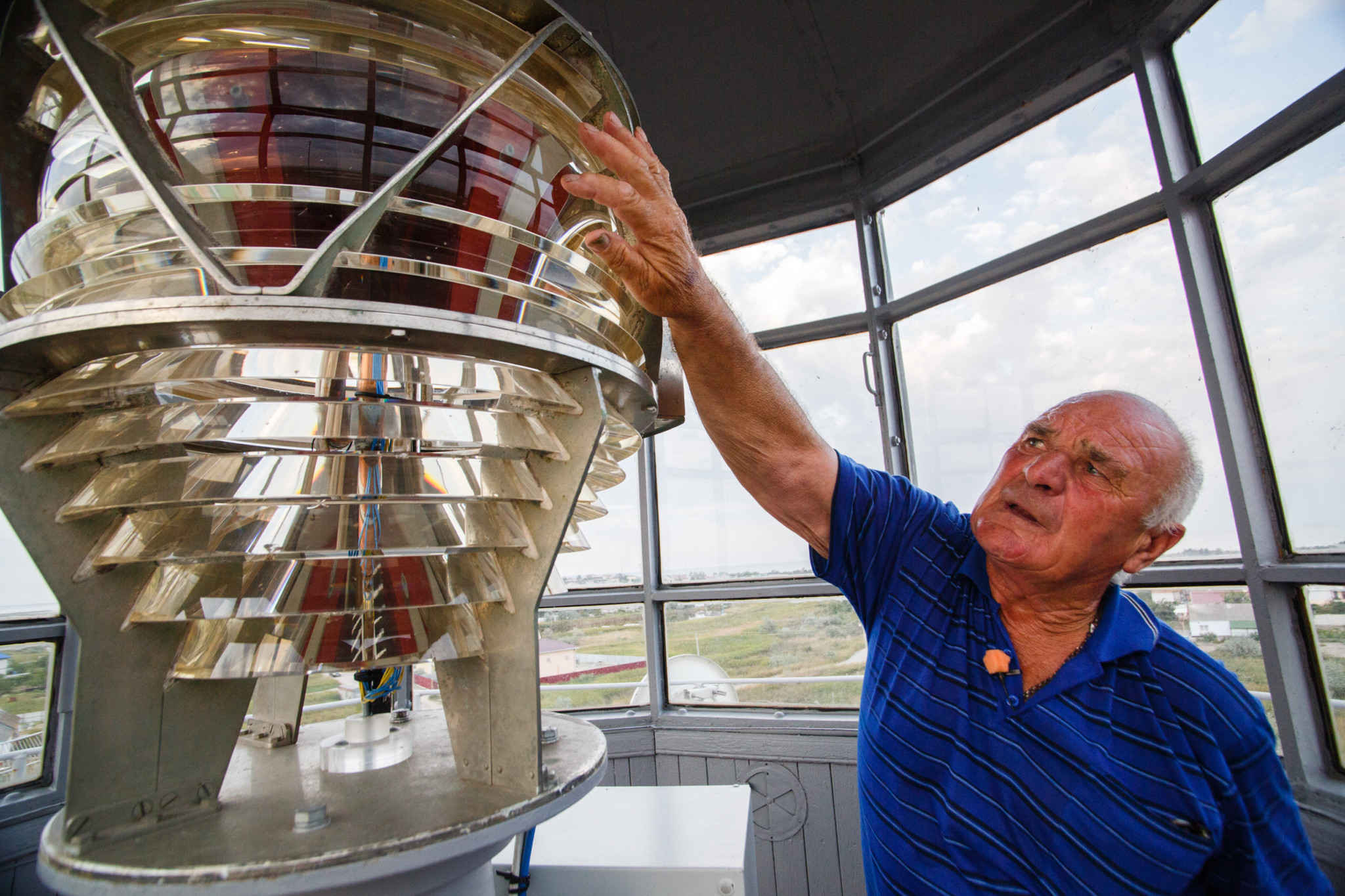
We take care of the safety of marine navigation at our station: Mariupol-Berdiansk, Berdyansk-Kerch. There are signs and lighthouses at every bay, at Bilosaraika and around whole Azov Sea. Earlier the administration (Hydrographic Management – edt.) was in Kerch, but now, after the annexation, we report to the one in Mykolaiv.
A lot of ships come into the Berdiansk port, especially in summer; it’s the season when harvest starts, when grains are shipped.
Nowadays, as Yakiv says, the work is not as hard because everything is automated. The lighthouse turns on and off on its own, at the right time everyday. It also sends a radio signal in addition to a light signal:
— In the past, the device was set up and focused to send a precise light signal. If it was higher or lower than the lenses’ focus, then the beam would not correspond with the horizon. Nowadays, everything is automatically regulated. The light signal switches on with the sunset, and off with the sunrise. The new modern optics were set up in 2005. Before that, we checked the timing of sunsets and sunrises by the tables, watched everything ourselves.
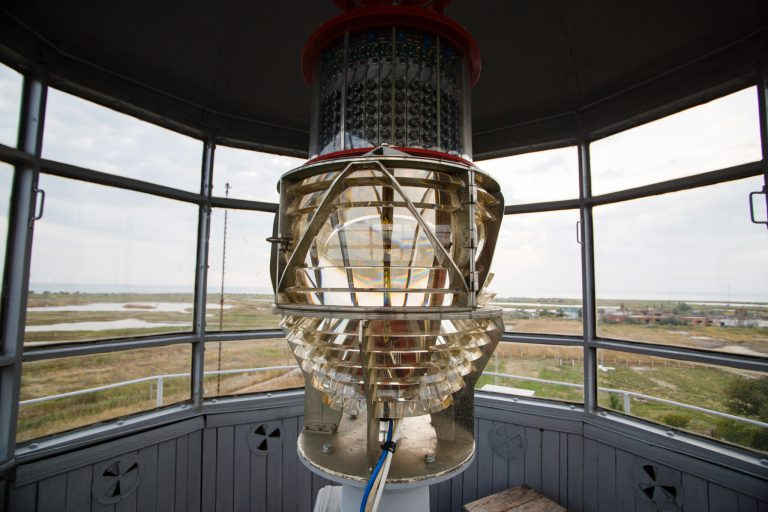
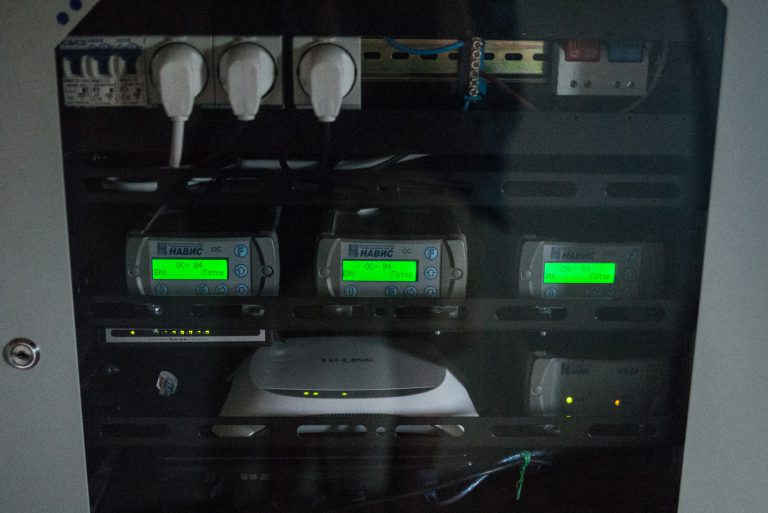
slideshow
— In the past, we needed to raise the shades thirty minutes prior to switching on the lighthouse. Then, every morning, we turned off the lighthouse and drew the curtains because the devices would be destroyed by sunlight. We also had to wipe the glass storm panes. We still do this, however now there is no need to draw the blinds – modern optics are resistant to sunlight. An hour before switching on the lighthouse, the person on duty walks up there and checks everything. It is also our responsibility to clean up, paint, and maintain the mechanism.
Yakiv recalls the past with nostalgia, remembering the times when his work was more challenging. He shares his photographs with leaders at meetings in Kerch. He received many guests before. He still stores articles and photos of correspondence from Berdyansk and Odesa in his personal archive. In these photos you can see the old equipment.
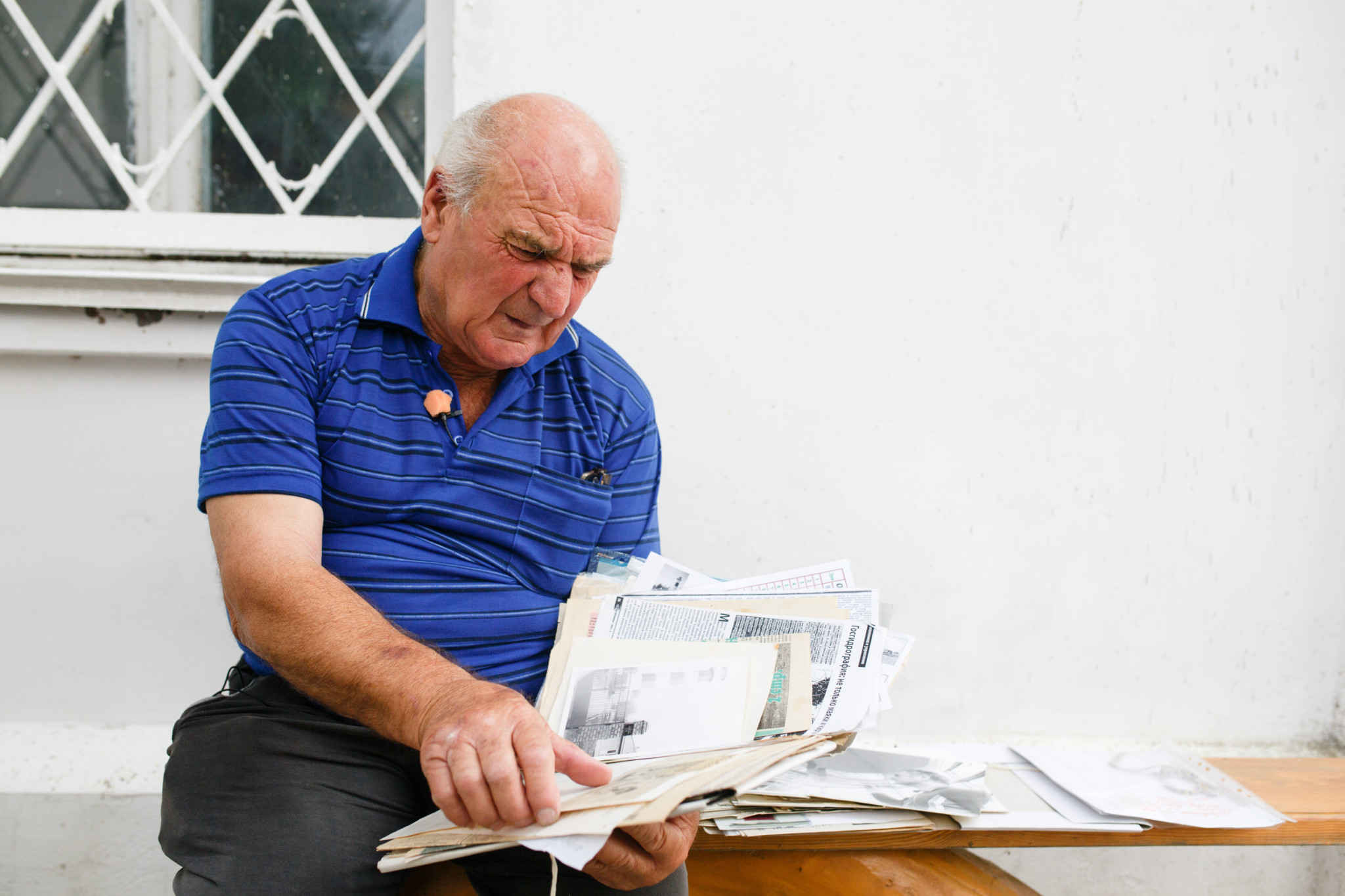
During the war, the lighthouse was almost destroyed. Yakiv shares the photos of the tower after its reconstruction in 1957:
— When the Germans were retreating, they tried to destroy the whole building, but something went wrong: only the dome of the tower blew up. In 1957 it was rebuilt, and the building was restored. A German sound signalling appliance was added. When visibility dropped to 60 kilometers, the sound alarm was turned on, so ships could determine the distance to the lighthouse by sound. It worked this way until 1981, then the lighthouse reflector was set up – such an American ‘cigarette’.
— Nowadays, the signal of a lighthouse is visible at a distance of fifteen sea miles. The signals reach the sea from the lighthouse tower: four-and-a-half minutes of bright light, and then a three-second pause.
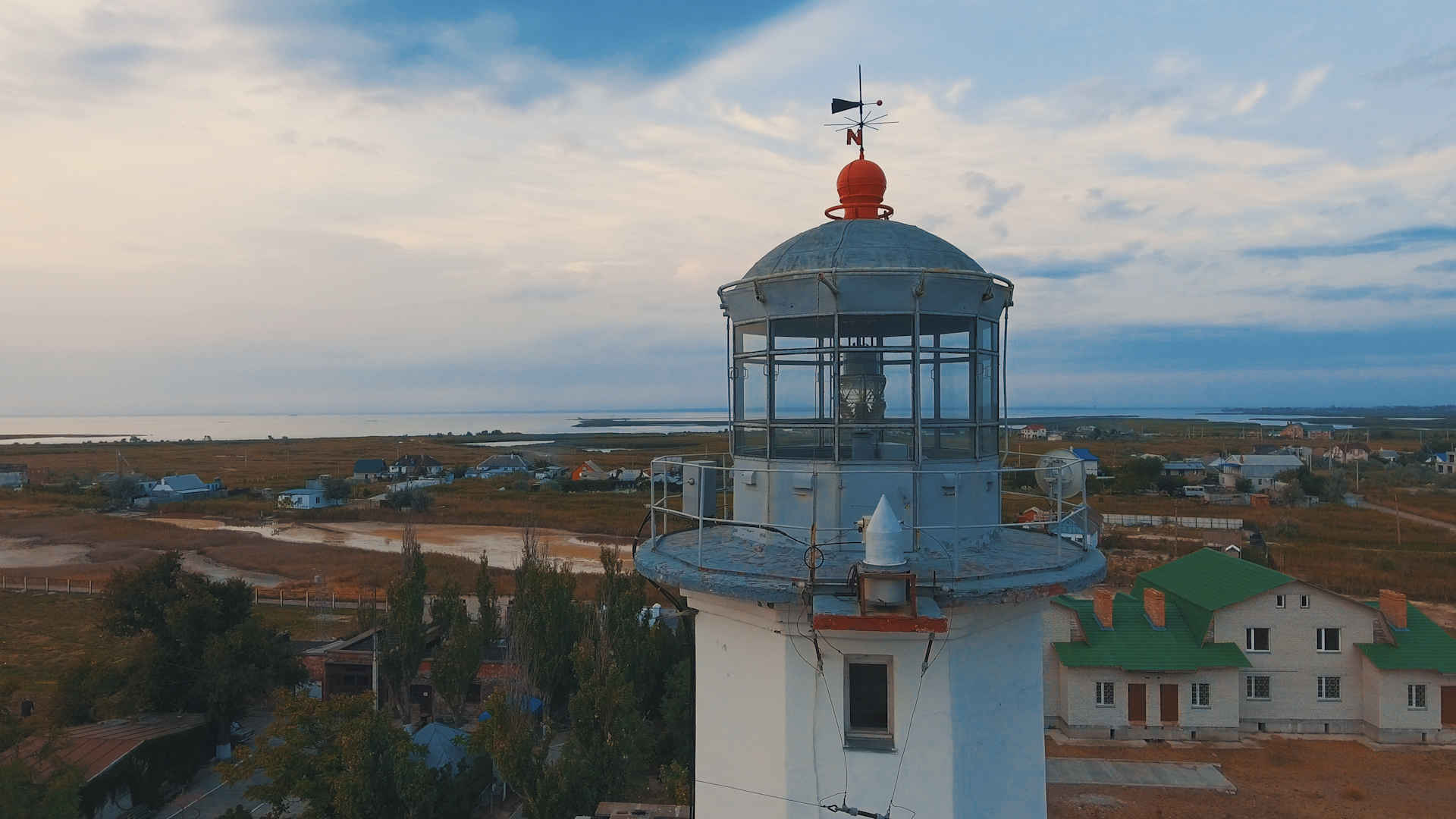
Along with Yakiv, there are three people working at the lighthouse. There had been twelve before, but thanks to technological advances, the profession of lighthouse keeper has been slowly dying. More and more vessels are equipped with the latest GPS navigators, sailors are guided by satellite data. Most lighthouses operate autonomously, sending radio signals to small beacons in the high sea.
When the beacons stop operating, they become historical and architectural monuments. More and more now perform a purely decorative function or are being gradually destroyed. However, the human factor is still crucial to any lighthouse. Despite the fact that currently almost all of the most difficult and dangerous work is done by machinery, people still continue to monitor the working order and serviceability, as well as the cleanliness of the territory. There is no longer the need for a keeper to climb up the tower during bad weather to adjust the lamp. It is enough just to check the functioning of the equipment weekly.
Breathing hard, Yakiv climbs up the lighthouse, step by step. He is proud of one old photo which displays him in his youth, demonstrating how the optics of the lighthouse works to other correspondents. We want to take a trip to the past and take exactly the same photo, but with the Yakiv we see today.
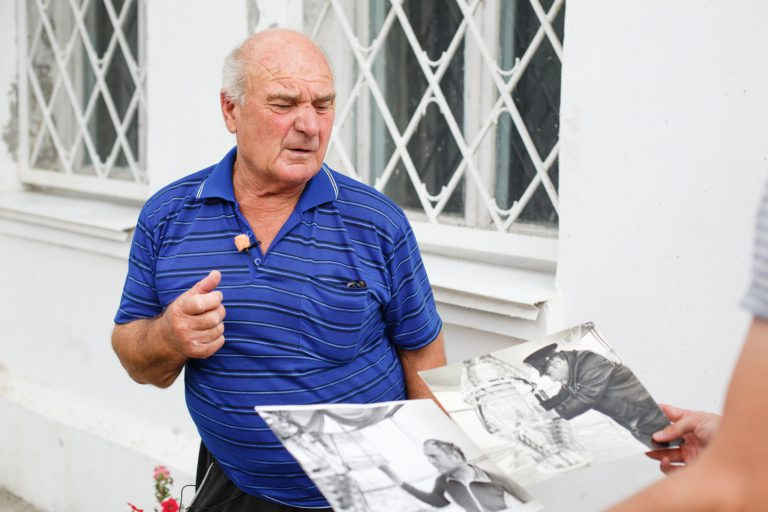
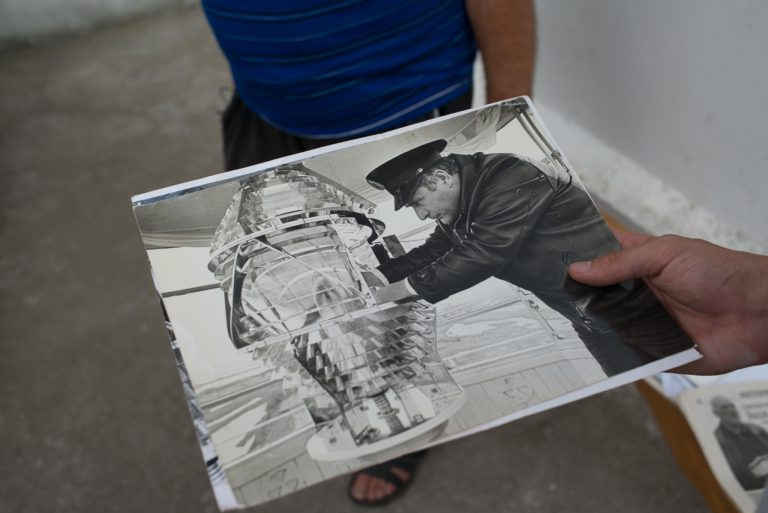
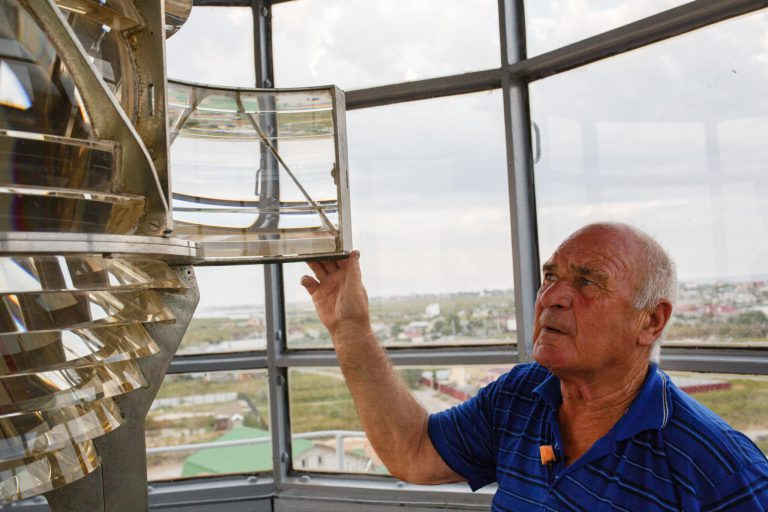
slideshow
Lighthouse Keepers: A Family Business
A lot of Yakiv Fedirko’s family members worked on the lighthouse:
— My brother worked here, and my daughter and wife. Almost a dynasty…
Just like his son, Yakiv’s father worked here even after his retirement. The younger daughter Tatiana works here as a technician with her dad, even though she does not live here anymore. Now, she walks up the lighthouse tower in her father’s place continuing his work. Every weekend, she visits father with his grandchildren. This is a real family business, the love for which is passed on from generation to generation:
— I would never trade this job for any other. You can always listen to the sound of sea, admire sunsets and sunrises, watch the storm and waves. Listen carefully. You can see dolphins in early morning from the lighthouse. I have never even considered moving somewhere else.
More and more lighthouses around the world turn into mini-hotels and restaurants with the option of climbing up, while in Ukraine, these facilities are still restricted. The lighthouse keeper’s profession still exists here. And we still have the opportunity to visit individuals like Yakiv, who has been listening to the sound of the sea for half a century, and who plans to never leave this post.

